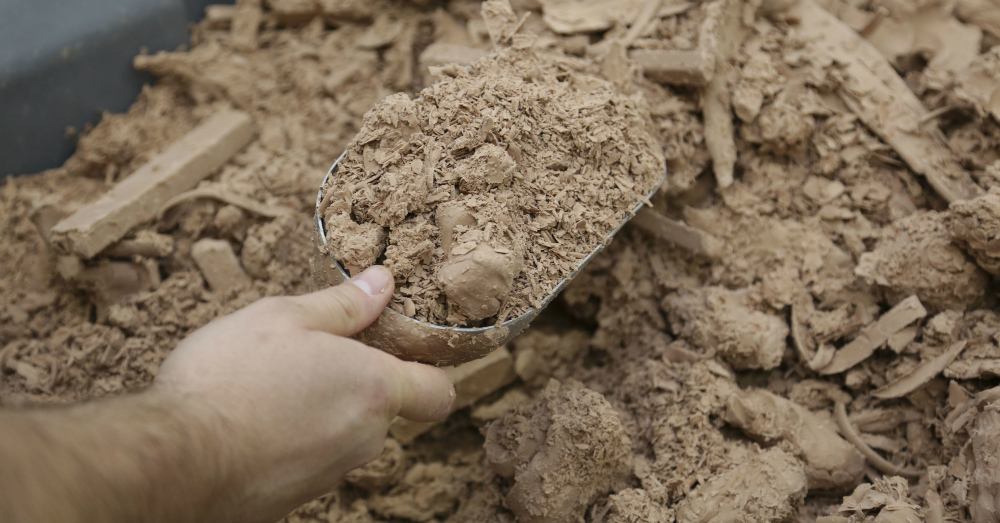Yes, the assembly line has been around longer and, no, we don’t have cars that can lift off the ground as production models just yet, but one item has been part of the car making process since the 1920s and continues to be used to this day. In an age where computerization and models could be projected in 3D and presented to an entire team to allow them to work on the vehicle together, Ford still uses clay to help build the full-sized models that are used for their vehicles in order to give their team a hands-on approach.
The team at Ford looks at the computerization as a single user work space where one designer can work on specific elements of the vehicle, but when clay is used the entire team can collaborate together and look at what the possibilities can be in order to come up with a fantastic design and model. This gives the team an approach that works well for everyone involved and makes it easier for the designers to feel as if they are part of the team rather than an individual assigned to only specific parts.
Because Ford takes this approach to building their full size models they use up as much as 200,000 pounds of the clay each year. This clay isn’t the same stuff you’re familiar with and it certainly isn’t Play-Doh, but it is made of a combination of waxes and oil with filler, but it doesn’t contain any water which is what you would find in your typical ceramic clay. No longer does it contain what blubber either, which it did when the product first began to be used to build car models and help give automakers and idea of what their car would look like in full size.
Because the material isn’t water based its more difficult to recycle. It’s not at all like the toy clay you buy at the store that can be reshaped and reused, nor is it like ceramic clay that can be revived by simply adding water to the mix. This does make it difficult for Ford to recycle the material, but they’ve found a way to do just that so that more of this material doesn’t go to waste. This recycling has only been happening for the past five years, but so far they have been able to recover about 20,000 pounds of clay.
Considering the fact that the model for the new Raptor used 1935 pounds of clay and took 20,000 hours to create this recycling is pretty important, even if it’s only a small amount of the overall clay used. In order to recycle the clay the pieces are gathered and put into a machine that heats and churns the clay to bring it back to life by pushing a cylinder of it out of a nozzle for later use. Check out this video to see this clay being recycled and be amazed that in an age of so much automation that the folks at Ford still find this to be an effective way to build their large models.
This post may contain affiliate links. Meaning a commission is given should you decide to make a purchase through these links, at no cost to you. All products shown are researched and tested to give an accurate review for you.
